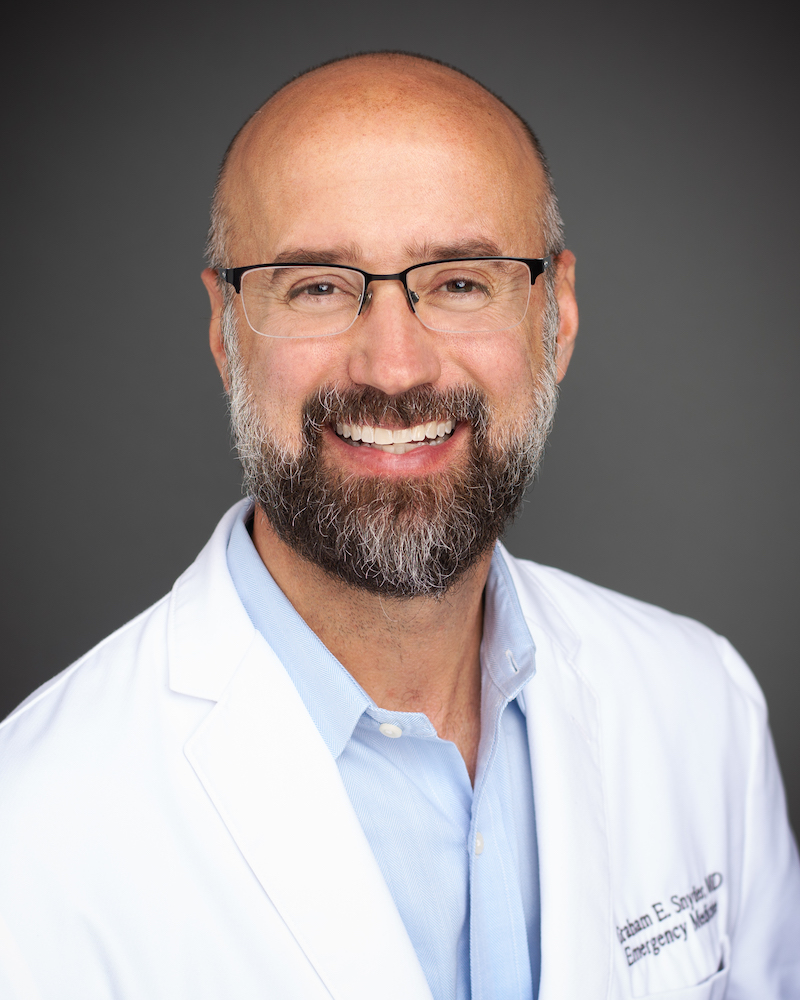
Name 3 words that describe a teaching shift with you.
Practically Academic, Comradery, Rejuvenating
What delivery methods do use when teaching on shift?
What learning theory best describes your approach to teaching?
Cognitive learning
What is one thing (if nothing else) that you hope to instill in those you teach?
How do you balance your flow with on-shift teaching? Does this come at the expense of your documentation?
Yes. I hire a scribe to offset time for patient discussions.
What is your method for reviewing learners’ notes and how do you provide feedback on documentation?
On-shift. By asking them socratically how different parties, consultants, PMD’s, lawyers, and the patients themselves would interpret their documentation in the event that their diagnosis is correct…or if it was completely wrong.
Do you feel departmental flow and metrics adversely affect teaching? What is your approach to excelling at both?
It’s a fine balance. Much like showing compassion and patient counseling, teaching is a corner that could be cut but I choose not to. I also preferentially pick up patients myself that are low yield so I do not need to spend time listening to presentations where I anticipate little teaching opportunity.
It can be difficult to sit back and let senior learners struggle what is your approach to not taking over prematurely?
Do you start a teaching shift with certain objectives or develop them as a shift unfolds?
If the residency leadership team has identified a weakness during our monthly reviews, I make that weakness the goal of the shift. Otherwise, I try to huddle with the resident at the start of the shift to see what they have self-identified as a learning goal.
Do you typically see patients before or after they are presented to you?
How do you boost morale amongst learners on shift?
How do you provide learners feedback?
Are there any resources you use regularly with learners to educate during a shift?
What are your three favorite topics to teach during a shift?
Difficult airways, excited delirium, and ultrasound of the hypotensive patient.
Who are three other educators you’d like to answer these questions?
Jerry Hoffman and Gary Greenwald

Read other How I Educate posts for more tips on how to approach on-shift teaching.
Author information
The post How I Educate: Graham Snyder, MD appeared first on ALiEM.

